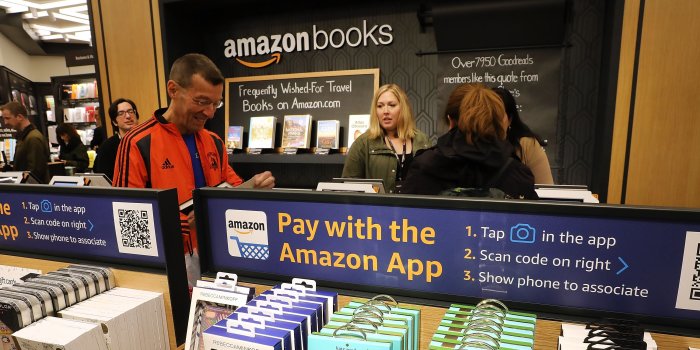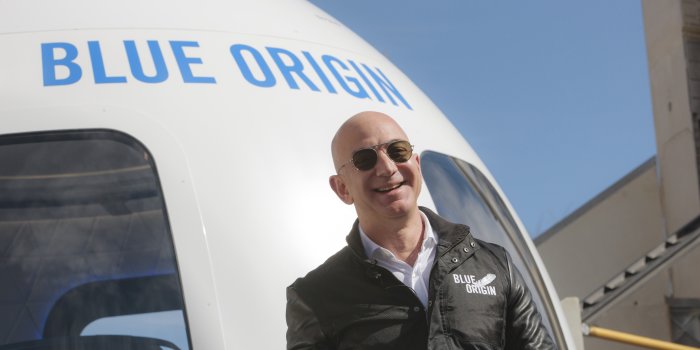Tech Rally Is Juiced by Highflying Cloud Business
Big Tech can generate big numbers, but it was fast growth in the cloud business that helped ignite a buying frenzy Friday that drove up market values by nearly $139 billion in 30 minutes.
The stunning growth of the cloud businesses at Amazon.com Inc. [stckqut]AMZN[/stckqut] Microsoft Corp. [stckqut]MSFT[/stckqut], and Google parent Alphabet Inc. [stckqut]GOOGL[/stckqut] were a relatively small part of the strong quarterly results the three companies reported Thursday. But fast growth in cloud revenue, along with relatively stable service prices that helped profit margins during the quarter, gave investors reasons to bet the three giants could maintain their growth trajectories.
Shares of the three companies kept rising Friday, with their combined $147 billion market-value gain topping the value of more than 90% of the other companies in the S&P 500, including nearly every other company selling cloud-based software services.
Source: Tech Rally Is Juiced by Highflying Cloud Business – WSJ



